It was another very, very cold night last night. Marc made pancakes and bacon for breakfast and then we headed to the trailhead for Casa Rinconada and Tsin Kletsin. On the way we saw some elk drinking from and crossing the small stream.
 |
| Looking Across the Valley to Pueblo Bonito on the Valley Floor and New Alto and Pueblo Alto on the Mesa Top |
 |
| Casa Rinconada Ruins |
 |
| Interior of Great Kiva, Casa Rinconada |
Jack was not in a hiking mood today and insisted on being in front all the time. His quote of the day: "If you get in front of me, I'll whap you" (with the drinking tube from his camelbak)!
 |
| Jack, Ready to "Whap Someone" |
This was a fun trail - 850 foot ascent. I found pottery on the ground partway up while 'using the bushes'. The potsherds are simply everywhere here.

There were also large stone "balls"...probably of natural origin but they sure looked manmade.
Tsin Kletsin is in a line with Pueblo Bonito and New Alto.

 |
| Rest Stop |
 |
| Jack Found an Anazazi Black on White Potsherd |
 |
| Approaching Tsin Kletsin |
Tsin Kletsin (which is Navajo for "black wood place" or "charcoal place") was a small "great house", on South Mesa of Chaco Canyon. It is dated to the 12th century based on masonry style and tree ring dates; it hasn't yet been excavated. Unfortunately we found a few spots where it looked like someone had been digging. There is a lot of illegal "pot hunting" in the Southwest; an intact Anasazi pot is worth many, many thousands of dollars on the black market. The ruins are closed from dusk to dawn but people find ways around that. Two roads entered the site from the North and were linked to Pueblo Alto on the mesa top across the canyon. There were lines of sight to 6 of the other great houses in the canyon, and it is in a direct line (as minentioned above) with Pueblo Alto and Pueblo Bonito.
 |
| Black on White Potsherd |
I loved the different patterns on the various pieces of Black on White pottery that we found (which, in all cases, we left where we found it after examining it).
 |
| Tsin Kletsin Had 3 Kivas and 80 Rooms |
 |
| Jack's Find: Curved Piece of Black on White |
 |
| My Favorite Pieces |
We explored the ruins and then began the descent on the other side, where we went down and then reentered the valley through a place called South Gap.
 |
| Beginning of Descent |
When we went through, Rosie and I got ahead of the boys and we soon saw elk...first a few and then many. It's always cool to see wildlife.
 |
| Young Elk with Antler Problem |
 |
| Ancient Stairway |
 |
| View of Stairway From the Road |
We visited Pueblo Bonito, finally. It means "pretty village". It was the largest of the great houses. It reached 5 stories at the rear (in the 1940's a large chunk of rock fell off the mountain behind it and crushed part of the pueblo). It might have been as large as 800 rooms. There were 2 great kivas and about 37 smaller kivas! Kivas were round structures (sometimes entirely underground) that served ceremonial purposes. We had seen a great view of Pueblo Bonito from above on our first day when we hiked to Pueblo Alto.
 |
| Inner Roof Timbers...You Can See Where Wood Was Removed For Dating |
We stopped at the visitor center and watched a movie. Unfortunately their visitor center is being rebuilt and many of the items/artifacts had been removed for safekeeping. They were actually in the process of building a yurt in the parking lot to serve as a temporary visitor center while they remodel the other building.
I dropped everyone off at the campsite and went back myself to Chetro Ketl and Pueblo Bonito and to walk the path between the two and see all the petroglyphs along the way.
Chetro Ketl was one of the larger great houses. It is about a quarter mile from Pueblo Bonito, and the trail between the two along the canyon wall is lined with many, many petroglyphs.
Many rooms at Chetro Ketl have wooden beams for support of the roofs. The trees were carried from a long way away. Tree ring dating shows construction began here in about 945 AD. At one time parts of the house were 5 stories high. It is estimated that it took hundreds of trees just for the timbers used at Chetro Ketl.
 |
| Ramp, Part of Chacoan Road System |
 |
| Beautiful Wall at Chetro Ketl |
 |
| Broken Metate, a Grinding Stone |
After returning to camp and I walked the "mesa trail", and went to see the small campground ruin with Rosie and Marc.
 |
| Part of Ganado Campground |
There is also a large boulder with pictographs in the campground. Unfortunately many of them have been defaced by modern vandals who have no appreciation of history.
 |
| Jack Studying Pictographs Near Our Campsite |
That evening I happened to walk up to the closed bathroom building (we had to use outhouses) to look at the fliers posted there. There was a flier about the spring equinox the next day, that if we wanted to see the sun rise through a window at Casa Rinconada and hear about the solar significance of Chaco Canyon, we should be at the Great Kiva at Casa Rinconada at 7 am the next morning. I was thrilled - how often do you get the opportunity to do something like that? The kids were all in favor too...it would be an adventure. Alarms were set for very early the next day and we went to sleep after sitting around the great fire that Logan made.




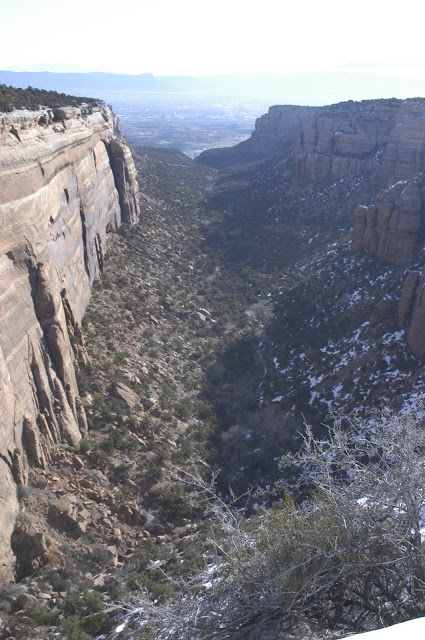










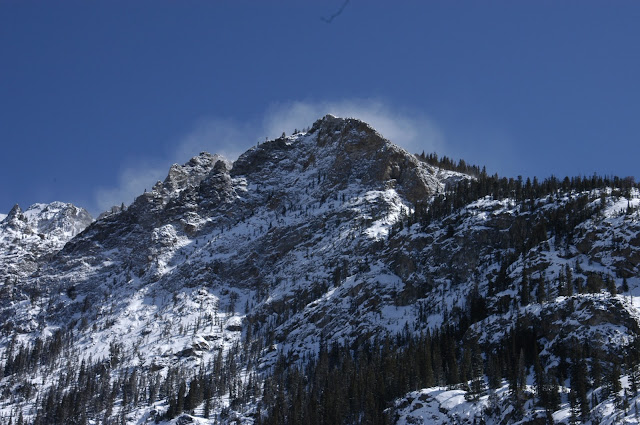







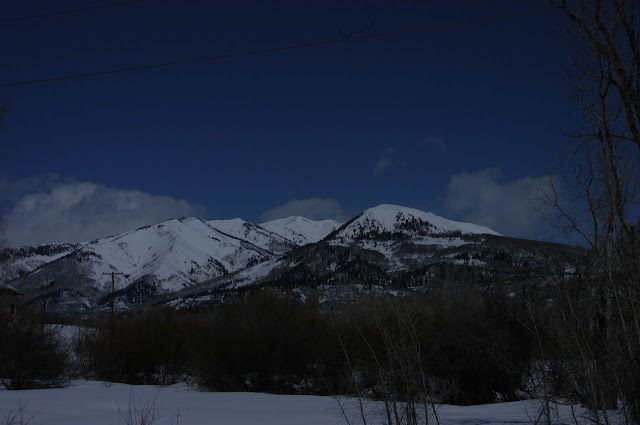































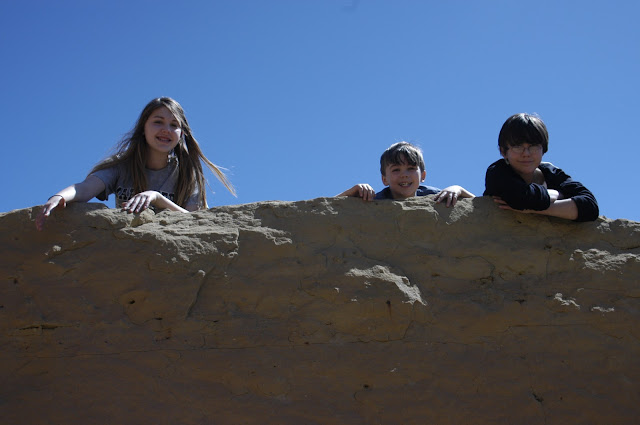





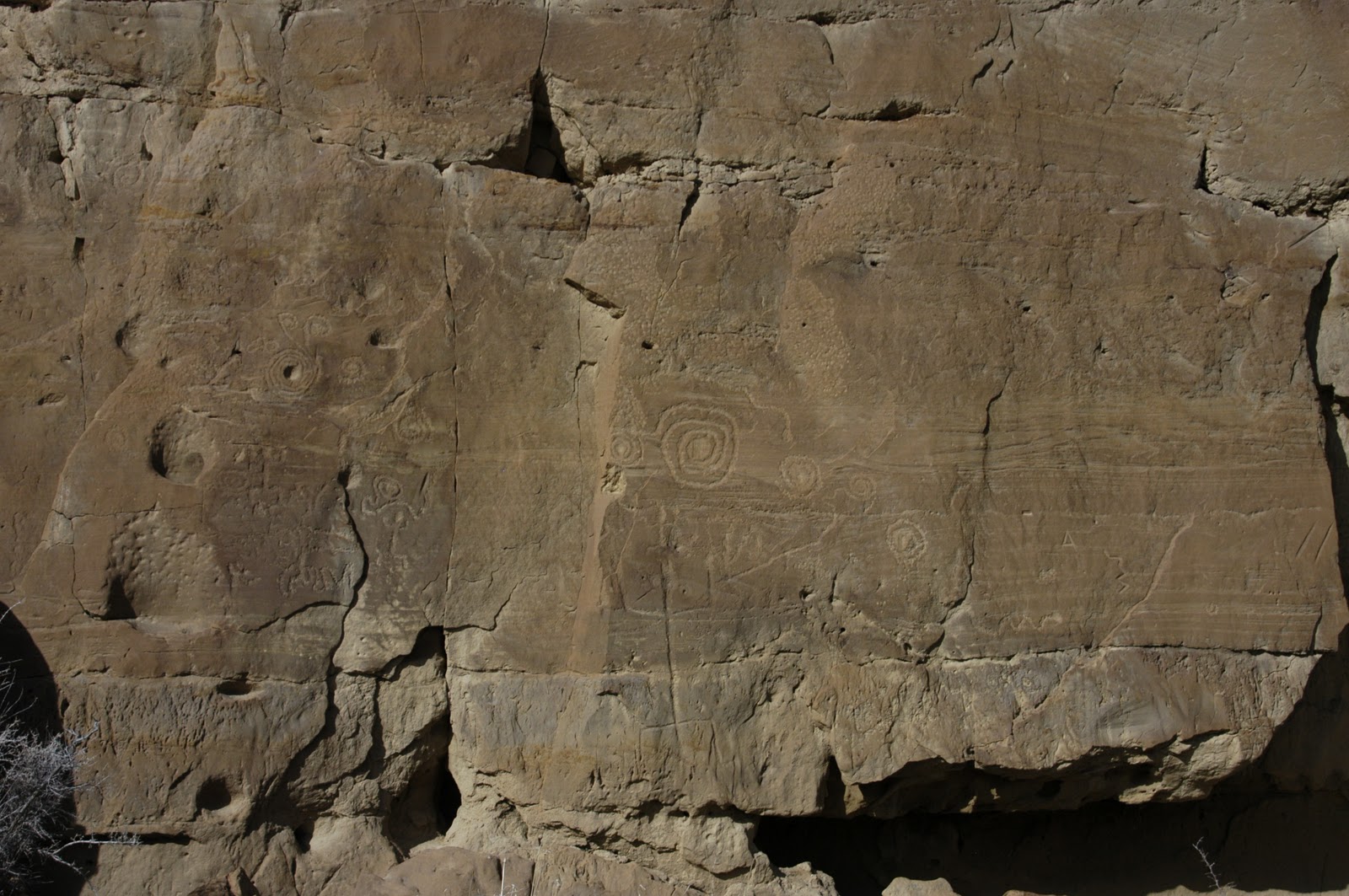












.jpg)